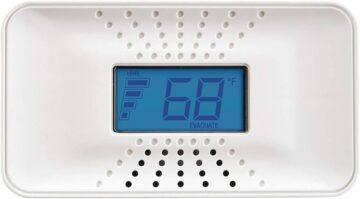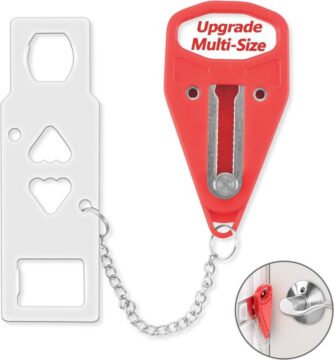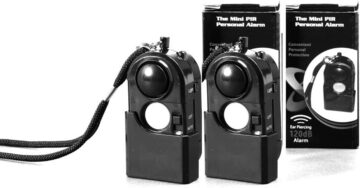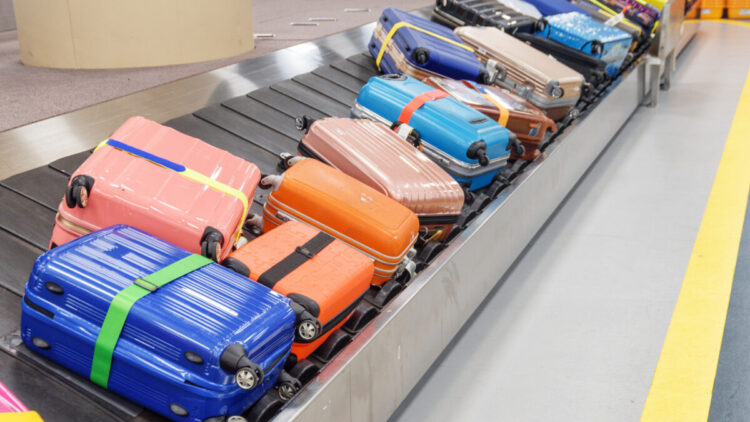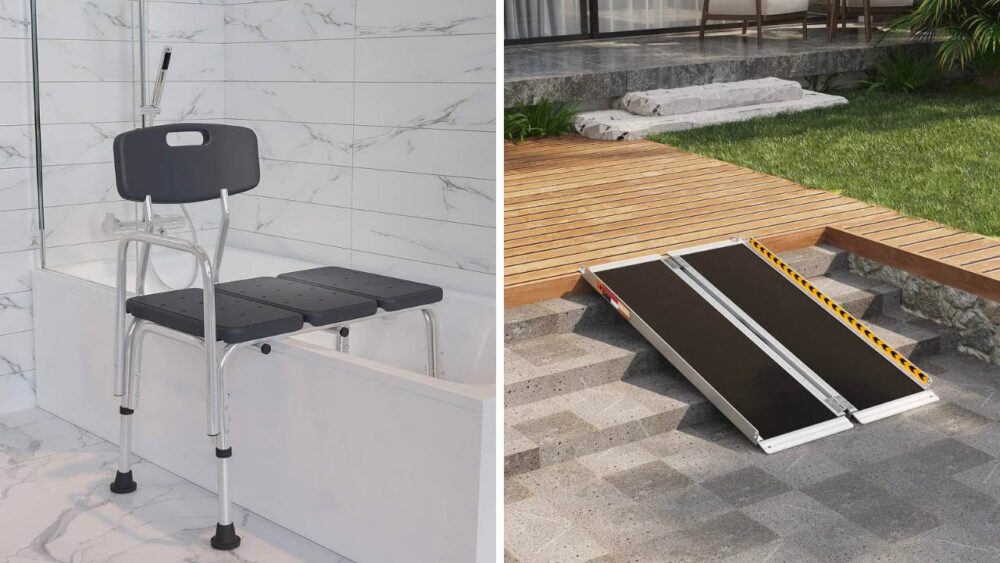How to stay safe in a hotel room

The products and services mentioned below were selected independent of sales and advertising. However, Simplemost may receive a small commission from the purchase of any products or services through an affiliate link to the retailer's website.
Safety is key when you’re traveling. From checking in at the hotel to being aware of your surroundings when heading to your room, it’s important to protect yourself while you’re on the go in different locales. A big part of travel security is figuring out how to stay safe in a hotel room.
As a travel writer who has spent the last decade taking assignments around the world — often traveling by myself — I have some safety rules that I abide by when I’m on the road. I share my iPhone location with my close-knit group of girlfriends, and if I’m traveling internationally, using the U.S. Department of State’s Smart Traveler Enrollment Program that helps the U.S. Embassy contact and assist you in the event of an emergency.
But when it comes to lodging, what do I do? Here are some of my best tips on staying safe at a hotel.
1. Bring Your Own Carbon Monoxide Detector
Carbon monoxide poisoning deaths at hotels and vacation rentals in the Bahamas and Mexico City in recent years prompted me to start carrying my portable carbon monoxide detector. Carbon monoxide is an odorless, colorless gas, and while I have detectors installed in my home, there are no universal standards for hotels — which means there’s no guarantee the hotel you’re staying at will have these potentially life-saving detectors installed in your room.
I use this First Alert Carbon Monoxide Detector that has a built-in lithium battery that should last 10 years. When I travel, I pop it on my hotel nightstand or desk and feel safe knowing that it will start beeping if dangerous levels of carbon monoxide are detected.
MORE: 6 things you should do when you check in to a hotel
2. Don’t Write Your Room Number On Your Key Card Holder
Most often, hotels will write down your room number on the key packet they hand to you. But if you drop that key packet with your room key card in it, someone with bad intentions would know which room the key card unlocks.
I prefer to make a note of my room number on my phone or lock it into my memory. At the very least, carry your card separately from the cardholder.
3. Put Down a Door Stopper With An Alarm
In addition to locking the deadbolt on your door and latching the chain lock, an added measure of security to stop anyone from entering your room while you’re in it involves putting a door stopper down.
You could bring a rubber door stopper from home, but for beefed-up security, the battery-operated Sabre Wedge Door Stop Security Alarm was made with travelers in mind. Not only will it physically stop someone from entering your room, but a loud alarm will go off — alerting you if someone tries.
4. Check Before You Open The Door
There are plenty of legitimate reasons why hotel staff will knock on your door — from housekeeping services to bringing the extra towels you requested. But it’s a good habit to not answer the door unless you are expecting someone. And, if someone knocks on your door that you don’t recognize, give the front desk a call.
5. Add An Extra Lock To Your Door
Another option for safeguarding your door from any unwelcome guests is to bring a travel lock with you. Shop for ones that are easy to install and don’t require tools.
The AceMining Portable Lock fits the bill. Once you get the hang of it, it takes less than 10 seconds to install: Open the door, line up the metal part with the slot of the door lock, pull the door closed, and latch the red lock in a heart-shaped hole. No one can open the door from the other side.
6. Check For Two-Way Glass
While scrolling TikTok, you may have come across videos of creators checking the bathroom mirrors in their hotels or vacation rentals to make sure there’s no two-way glass that would allow someone to spy on them.
While not foolproof, one way to check for two-way glass is to put your finger on the mirror. If you can see a small gap between your finger and its reflection, it’s likely a traditional mirror. But if it appears your finger and the reflection of your finger are touching, you might be dealing with a two-way glass.
7. Book Rooms On The Safest Floors
Staying at a multi-story hotel? You may get the best views from the penthouse suite, but safety experts recommend requesting a room that’s between the third and sixth floors. That way, you’re not too close to the ground level where break-ins are more likely to happen, but you’re not situated too high either. This way, should you need to evacuate, you can do so quickly during an emergency.
If you’re worried about a potential break-in through a window or balcony, though, double down on safety with a portable motion detector. You can set it up before you go to bed or get in the shower. The battery-powered Crevent Portable Mini Motion Detector Alarm will go off if it detects motion within 10 feet.
8. Inspect Your Room For Bed Bugs
While this is less about how to stay safe in a hotel room and more of a health measure, checking for bed bugs is among the top things you should do when you check into a hotel. Not only can they leave irritating bites on your skin, but you could bring them home with you — and they’re a costly infestation to deal with.
MORE: Six of the dirtiest things in a hotel room
Bed bugs are tiny (the size of an apple seed) and they’re great at hitchhiking. They can hide out in hotel mattresses and upholstered furniture, and they don’t discern between cheap motor lodges and luxury hotels.
The first thing I do when I check into a hotel room is put my luggage in the bathtub or on a luggage rack that has stainless steel legs. Bed bugs don’t like those kinds of surfaces. I inspect the mattress, sheets, headboard and any upholstered items for bed bugs or signs of them — like red, brown or black stains — before unpacking.
9. Test The Lock On Your Safe
Many hotels have in-room safes, and you can usually glean whether your room will have one by looking at the hotel’s website. You’ll see a list of in-room amenities, and if there’s a safe, it should be listed.
If you plan to use it, I always recommend checking the lock before you put your passport or wallet in the safe. This way you can make sure it’s in good working order. Do keep in mind and be aware: the hotel management team most likely has a master code to unlock the safe.
10. Bring Your Own Portable Safe
If your hotel or Airbnb doesn’t have a safe, a portable one can come in handy. Plus, a portable safe can leave your room, which makes sense if you don’t want to leave your credit card in your beach tote while you hop in the pool.
The weather-proof Pacsafe Travelsafe Gii 3 Liter Portable Safe is lightweight (it weighs less than a pound) and it can be attached to fixtures like a closet rod in your hotel or the leg of your beach chair. It comes with a 3-digit dial lock for quick access and a good deal of security.


